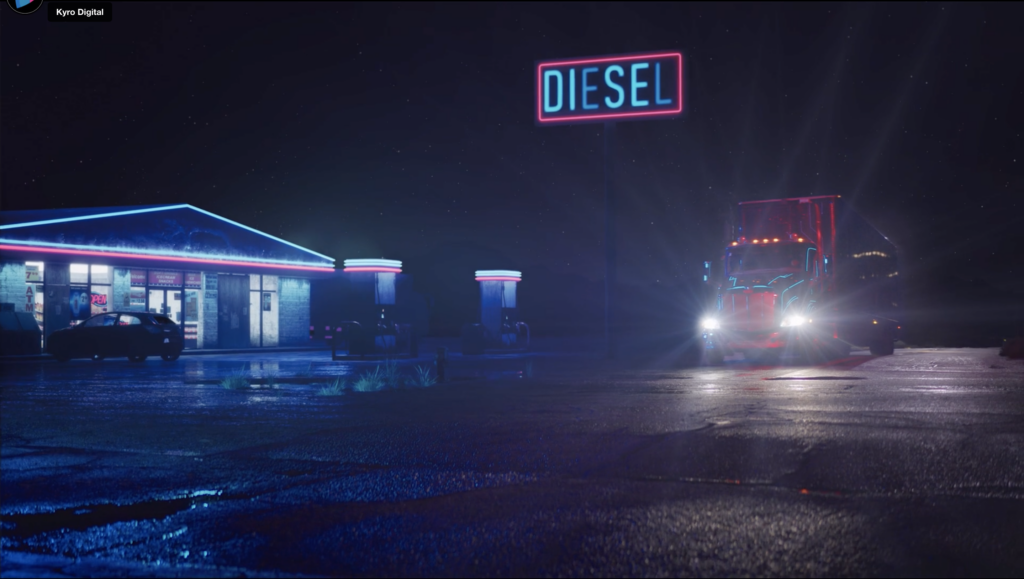We recommend that you read our blog on Effective Communication before continuing.

Humans respond to simple, emotional stories. They are persuaded by storytelling. Marketing works well when it tells stories. So how can we utilize this in video form?
According to Daniel Pink, author of To Sell Is Human, we all “spend our days trying to move others.” In this digital age, we can move others visually, but there are a few ways to do this best. If you don’t stick to some form of convention, you might not connect with people in the way you intend.

Keep It Simple
The best stories share something profound and real about the human experience, but do so quietly. Take the popular six-word story for example: “For sale: baby shoes, never worn.”
There’s a lot of meaning and depth to this story, but stated in simple terms. These words don’t directly give us context, but there’s nuance that communicates the truth of our world.
Simple stories also do a great job drawing on emotion as opposed to getting caught up in anything else. Although it might be cool to present a product or service in a 60-second-sci-fi-thriller-full-of-combat-and-epic-reveals, you’re likely to lose your main point in the chaos.
What’s your story really about? If you can articulate that in 1 sentence, you’re ready to tell a good story. You’ll soon be able to communicate to and connect with people in analogies and metaphors.

Don’t Use Words
Video is a visual and aural medium. Non-verbal stories do wonders for people. This not only draws viewers in, but also gets to the emotional core of a story much quicker.
Pixar is a master of this type of story. Non-verbal shorts like La Luna and Paperman successfully tell stories about family or romance in simple terms. They share something profound about life, but without saying anything.
Advertisements like this are sometimes few and far between, but there are good examples. Budweiser’s Tribute Ad uses non-verbal storytelling to get to an emotional core. Life Happens uses context – like the six-word story – to underscore something deep. If you can find a way to tell your story without words, you’ll be much more successful persuading your audience.

Leave Gaps in Context
There is a lot of unspoken context in good stories, never explicitly or directly addressed. This is partly why the earlier examples work. This sort of thing also makes movies (like Inception) or TV shows (like Lost) popular – viewers are given just enough information to pick up context, without having it fed to them. If you implicitly tell stories, you’ll make effective videos.
Movie-goers often complain about “heavy-handed movies.” This happens when a film explicitly addresses a theme or topic. We’ve all seen our fair share; if a character has to specifically say something like “you’re an insecure friend,” rather than showing this to the audience, this story is most likely not leaving gaps.
This point can be summarized simply as: show, don’t tell. Instead of telling your viewer that the main character is nervous, have the character act nervously. Provide bits of detail that allow the viewer to find the context, rather than directly explaining the context to them. Re-read the six-word story to see this.
Ultimately, simple, emotional stories are most persuasive to people. Video excels in marketing because it – at its best – presents engaging, simple, non-verbal stories. It persuades well by using the digital age to its advantage.
It’s understandably difficult to create effective video like this. However, if you take the time to invest in it, it will be worth your while.


